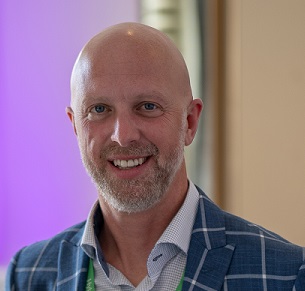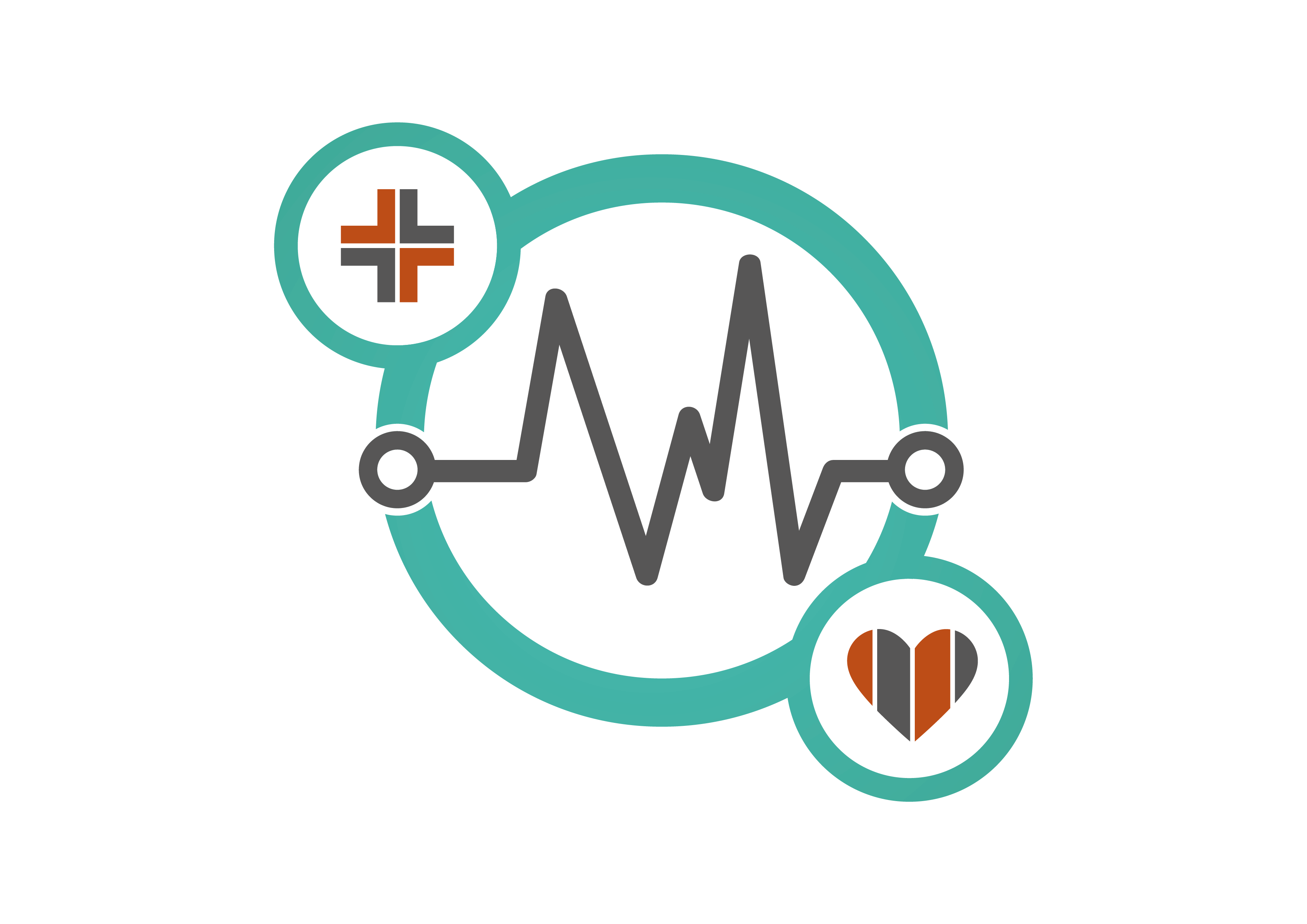Headquartered in North America, Hyland Healthcare provides a Healthcare Content Services framework that allows all unstructured patient content to be securely captured, accessed and managed through core clinical and administrative systems. Jamey Baszuk, AVP Healthcare, Hyland, answers our questions on career growth, healthcare systems and Hylands’ role in reforming the industry.

As the Healthcare AVP, what have been some of the most rewarding experiences in your career related to healthcare technology and innovation?
Over my last 14 years at Hyland, healthcare technology has witnessed transformative advancements. The integration of electronic health records (EHRs) became widespread, digitising patient data and improving accessibility for providers. Artificial Intelligence (AI) and Machine Learning revolutionised diagnostics, aiding in early disease detection and personalised treatment plans. Telemedicine expanded, offering remote consultations and monitoring, enhancing healthcare accessibility.
During the pandemic, healthcare IT rapidly adapted to meet surging demand. Telehealth saw an unprecedented surge, becoming a primary mode of care delivery, ensuring continuity while minimising in-person visits. Remote patient monitoring technologies gained prominence, allowing healthcare providers to track patients’ vital signs remotely. AI-powered tools facilitated rapid analysis of vast datasets, aiding in vaccine development and drug repurposing efforts.
Moreover, there was a heightened emphasis on interoperability and data sharing among healthcare systems to ensure seamless information exchange, enabling more comprehensive and coordinated responses to the crisis. Overall, the pandemic accelerated the adoption and innovation of healthcare IT, showcasing its crucial role in crisis response and healthcare delivery.
Interoperability is a crucial aspect of modern healthcare systems. How is Hyland addressing the challenge of interoperability and what solutions do you offer to enhance data sharing among healthcare providers?
Interoperability is crucial for improving care coordination, efficiency, and patient outcomes. Hyland Solutions’ enhancing interoperability includes standardised data formats like HL7 and FHIR, ensuring compatibility among different systems. APIs (Application Programming Interfaces) facilitate data sharing between disparate systems, enabling real-time access to patient information.
Health Information Exchanges (HIEs) act as central repositories, allowing healthcare providers to securely access and share patient data. Additionally, our cloud-based platforms offer scalable and accessible storage for medical records, promoting easier data sharing among authorised providers.
Can you elaborate on the role of Hyland’s content services in improving patient care and streamlining healthcare operations?
Content services play a pivotal role in enhancing patient care and streamlining healthcare operations. By digitising and organising medical records, content services facilitate quicker access to patient information, enabling healthcare providers to make more informed and timely decisions. This accessibility fosters improved care coordination among different departments and facilities, enhancing overall patient experiences.
Moreover, these services streamline administrative tasks through automation, reducing paperwork and freeing up healthcare professionals to focus more on patient care. Efficient management of content also ensures compliance with regulations and standards, minimising errors and improving the accuracy of medical records.
Partnerships are vital in the healthcare industry. How does Hyland approach collaborations and partnerships to stay at the forefront of healthcare technology innovation?
In the healthcare IT landscape, partnering with organisations is crucial for Hyland due to the complexity and unique nature of the industry. Our products are not standalone products; they need to seamlessly integrate with existing systems, comply with stringent regulations, and align with the specific needs and workflows of healthcare organisations. Therefore, partnerships with healthcare providers, institutions and other industry stakeholders are essential for several reasons.
First, healthcare organisations in specific territories, especially ones as diverse as Europe and APAC, possess valuable domain expertise and a deep understanding of the intricate operational and clinical workflows within their facilities. By partnering with these organisations, Hyland can gain insights into the specific pain points, challenges and unmet needs of healthcare professionals, allowing us to tailor our solutions to address these issues effectively.
Secondly, the healthcare industry is highly regulated, with strict compliance requirements such as HIPAA in the United States and GDPR in the European Union. Partnering with healthcare organisations enables us to navigate complex regulatory landscapes by ensuring that their technology solutions adhere to the necessary standards and security protocols, thereby building trust and credibility with potential customers.
Furthermore, forming strategic partnerships with healthcare organisations facilitates the co-marketing and distribution of our solutions, leveraging the partner organisations’ existing networks and customer base to accelerate market penetration and sales.
Hyland has an ongoing partnership with GOSH and UCLH. Could you share some insights into how this partnership is driving innovation in healthcare technology?
To stay at the forefront of healthcare technology innovation, Hyland has strategically partnered with highly regarded healthcare providers, such as GOSH, Royal Marsden and MUMC hospitals and clinics, to gain a deep understanding of their pain points and determine how our technology can evolve to help them achieve their goals for patient care and operating efficiency.
By doing so, we’ve been able to improve our solutions to directly address the industry’s pressing challenges, thus ensuring the relevance and the value of technology. In turn, those providers have told us, and we’ve seen first-hand that we’ve empowered their leaders to drive change and lead strategically to deliver solutions that make a difference each and every day in their healthcare systems.
Examples include:
- Helping Royal Marsden streamline its research program, improving compliance and workflow to support over 600 clinical trials. This leading global cancer hospital also is improving clinical and administrative efficiencies in their day-to-day operations by enabling a complete digital patient record with the help of Hyland Healthcare
- Delivering secure, rapid access to information within vast clinical guidelines for GOSH via The Mind Palace, a customised solution built on the Hyland platform that provides a knowledge base that acts as a complimentary force to our electronic healthcare record
- Supporting interoperability at MUMC+, part of a growing number of Dutch providers adopting digital technologies to enhance access to services, improve interoperability for better communication between patients and providers, and support the delivery of more deeply tailored care
The healthcare industry is undergoing rapid technological advancements. From your perspective, what are the key trends shaping the future of technology in healthcare?
Enterprise Imaging is evolving with key trends defining its future. AI and machine learning algorithms are enhancing diagnostic accuracy and speed, enabling software to analyse complex images and detect anomalies more efficiently. This includes applications in image reconstruction, segmentation and pattern recognition, aiding in early disease detection.
Furthermore, there’s a shift toward interoperability, where imaging software integrates with other health systems, allowing seamless sharing and access to imaging data across various platforms and facilities. The rise of cloud-based solutions enables storage and access to vast amounts of imaging data, promoting collaboration and remote diagnostics.
Improvements in visualisation technologies, such as virtual and augmented reality, enhance the interpretation of medical images, aiding in surgical planning and education. Lastly, the emphasis on security and privacy ensures that these advancements maintain patient confidentiality and data integrity, crucial in handling sensitive medical information within imaging software systems.


